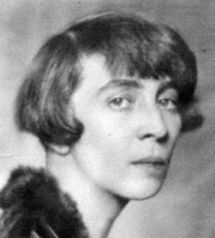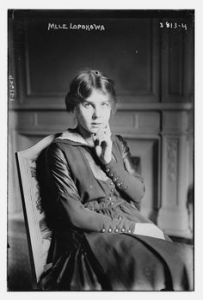…poet William Butler Yeats, just turned 32, traveling with a friend, visits a mutual acquaintance, amateur playwright Edward Martyn, 38, at the Martyn family home, Tullira.
Lady Augusta Gregory, 45, a friend of Edward who lives a few miles away, stops by.
Willie and Augusta [OMG! That’s our cats!] have met before in her London apartment where, as wife of an MP, she held salons for the Irish Protestants living there. But this is the first time the two have had a chance to get to know each other.
To continue the conversation, Augusta invites Willie and Edward over to hers, the nearby Coole Park, family home of her late husband, MP Sir William Gregory.
As Lady Gregory writes later:
Though I had never been at all interested in theatres, our talk turned on plays…I said it was a pity we had no Irish theatre where such plays [as Martyn’s] could be given. Mr. Yeats said that it had always been a dream of his, but he had of late thought it an impossible one, for it could not at first pay its way, and there was no money to be found for such a thing in Ireland …We went on talking about it, and things seemed to grow possible as we talked, and before the end of the afternoon we had made our plan.”
As Yeats marches around the drawing room dictating, Lady Gregory types, and they draft letters to send to her wealthy and influential friends, asking for money to start their theatre.
This year, we’ll be telling stories about these groups of ‘such friends,’ before, during and after their times together.







